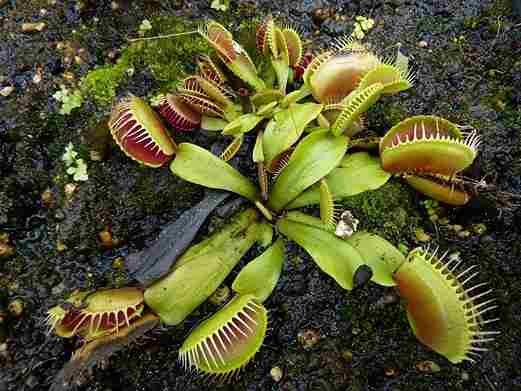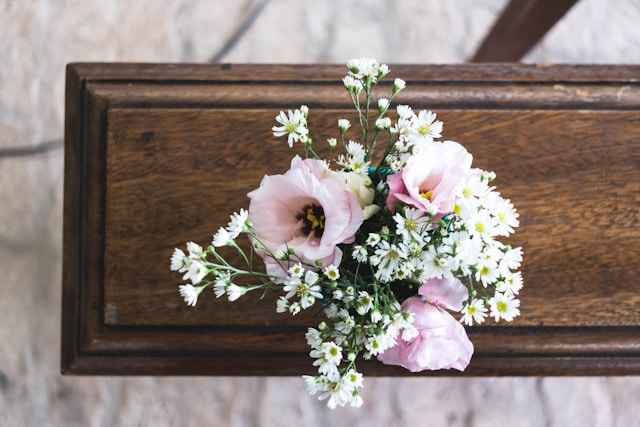Introduction to Venus Fly Trap Care
The Venus Fly Trap (Dionaea muscipula) is one of the most fascinating carnivorous plants, known for its unique ability to trap and digest insects. Native to the subtropical wetlands of the Carolinas in the U.S., this plant requires specific care to thrive indoors or outdoors.
If you’re new to growing Venus Fly Traps or want to improve your plant’s health, this guide covers everything you need to know—from proper watering techniques to ideal growing conditions.
1. Ideal Growing Conditions for Venus Fly Traps
Light Requirements
Venus Fly Traps need plenty of sunlight—at least 4–6 hours of direct sunlight daily. If grown indoors, place them near a south-facing window or use full-spectrum grow lights for 12–14 hours a day.
Temperature & Humidity
- Optimal Temperature: 70–95°F (21–35°C) in summer, 40–50°F (4–10°C) in winter (dormancy period).
- Humidity: 50–70% is ideal. Use a humidity tray or terrarium if your home is dry.
2. Watering Your Venus Fly Trap
Water Type Matters
- Use only distilled water, rainwater, or reverse osmosis water.
- Avoid tap water, bottled water, or spring water—they contain minerals that can harm the plant.
Watering Technique
- Keep the soil constantly moist but not waterlogged.
- Use the tray method: Place the pot in a shallow tray with 1 inch of water and refill when dry.
3. Best Soil for Venus Fly Traps
Venus Fly Traps require nutrient-poor, acidic soil to mimic their natural habitat.
Recommended Soil Mix:
- 50% peat moss + 50% perlite (or silica sand)
- Avoid regular potting soil, compost, or fertilizers—they will kill the plant.
4. Feeding Your Venus Fly Trap
What to Feed:
- Live insects (flies, ants, small spiders).
- Avoid feeding human food (meat, cheese, etc.).
How Often to Feed:
- 1–2 insects per month is enough (only if grown indoors; outdoor plants catch their own prey).
- Do not trigger traps unnecessarily—each trap can only close 4–5 times before dying.
5. Venus Fly Trap Dormancy Care
In winter (November–February), Venus Fly Traps enter a dormant period.
Dormancy Care Tips:
- Reduce watering (keep soil slightly damp).
- Move to a cooler spot (40–50°F / 4–10°C).
- Provide less light (natural shorter days are fine).
Without dormancy, the plant weakens and may die within a few years.
6. Repotting & Long-Term Care
- Repot every 1–2 years in fresh carnivorous plant soil.
- Trim dead leaves to encourage new growth.
- Avoid fertilizers—they burn the roots.
Common Venus Fly Trap Problems & Solutions
| Issue | Cause | Solution |
|---|---|---|
| Black leaves | Natural aging or overfeeding | Trim dead traps, avoid overfeeding |
| Mold/fungus | Excess moisture, poor airflow | Reduce watering, improve ventilation |
| Weak/no traps | Insufficient light | Provide more sunlight or grow lights |
| Yellow leaves | Wrong water (mineral buildup) | Switch to distilled/rainwater |
Final Thoughts
Caring for a Venus Fly Trap is rewarding when you provide the right conditions—bright light, pure water, proper soil, and winter dormancy. Avoid common mistakes like using tap water or overfeeding, and your carnivorous plant will thrive for years.
Do you have a Venus Fly Trap? Share your care tips in the comments!
By following this guide, you’ll ensure your Venus Fly Trap remains healthy and active. Happy growing! 🌱
For More, visit our website Homethreads







